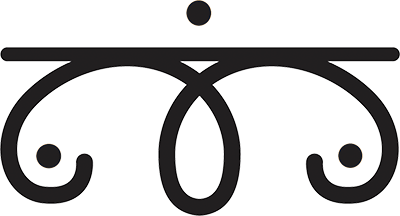Hoda Thabet, "Four American Cultural Institutions in Khalil Gibran’s The Prophet and Charlotte Perkins Gilman’s Herland", University of Iceland, School of Humanities, Faculty of Foreign Languages, Literature and Linguistics, 2016.
__________
This paper investigates the influence of Herland by Charlotte Perkins Gilman (1860-1835) and The Prophet by Khalil Gibran (1883-1930) on American literature from the perspective of four major cultural institutions. In the literature currently available, there is little in reference to the influence of Gilman and Gibran- two marginalized writers at the beginning of the era of American realism- on the discourse of American literature.
The purpose of this study is to focus primarily on the works of Gibran examining how he depicts four vital cultural institutions. The researcher will compare another marginalized writer, Charlotte Perkins Gilman, with Gibran and both of their focuses on, and the impact of, four cultural institutions on their writing. The institutions focused on are family, education, religion, and love of country. Gibran was a male who lived in an era when society oppressed women and considered them unequal to men. Gilman was a female who lived in the same era. Each has a very analytical, fictional approach to how things could be if they were different in real life. They are from two different traditions. Gibran was an Arab immigrant, who was a pioneer of Modern Arabic American literature. Gilman was an American woman living in a society where women are not valued nor considered equal to men. Many consider her a pioneer in feminism because of her in-depth look at women and their place in society in her writings. There is value in analyzing the works of writers from two different traditions. The comparison and contrast between the two gives a basis for better understanding each. It further enhances the understanding of a literature work’s impact on a historical era, as well as the impact that the historical era has on the literature of the time. Doing a comparative study of literature from the same period and with similar themes leads to greater understanding of not only the literature but the society of the time. An examination of their literary comparisons between Herland and The Prophet and their impact on the culture of the era is a focus of this paper. The structure of the intended analysis of Herland and The Prophet is as follows: to investigate three major factors. First, the researcher will examine Gibran’s work in light of its place in the literature of its individual culture and in relation to transcendentalism. Second, the researcher will then examine Gilman’s work in light of its culture. Finally, the researcher will compare the effect of Herland and The Prophet on four major cultural institutions of their era. The four investigated institutions included are family, religion, education, and love of country (patriotism). Many scholars trace Herland and The Prophet in the study of American literature as pioneering iconic works. However, critical and cultural approaches proposed in the literary studies will compare the featured writings of Gibran to Gilman. The comparative study of inter-textual relation between The Prophet and Herland will define a more in-depth understanding of how their writing influenced the four institutions defining culture.
